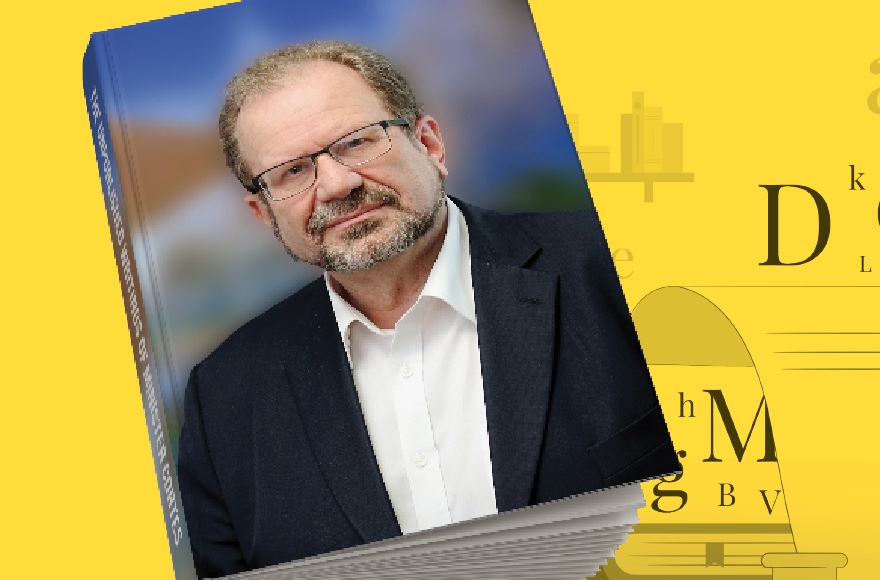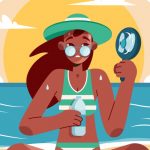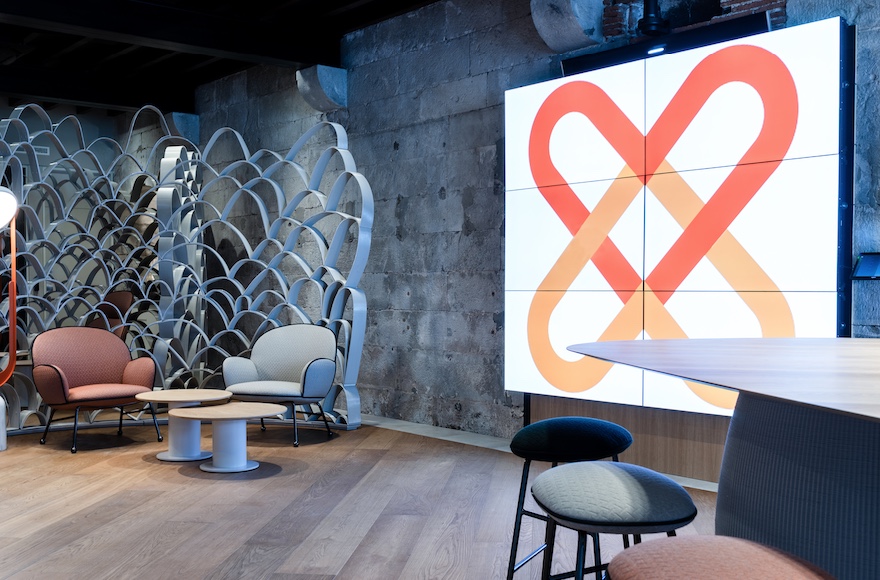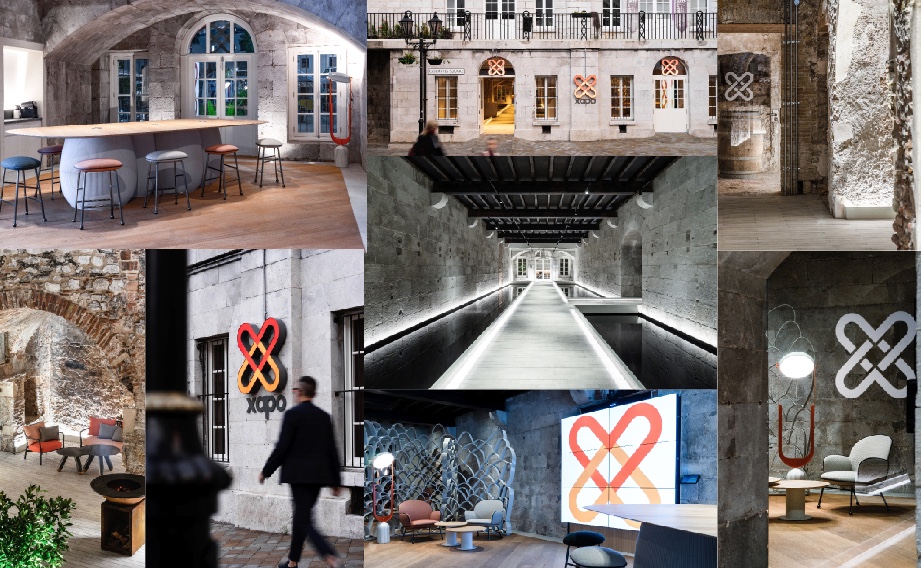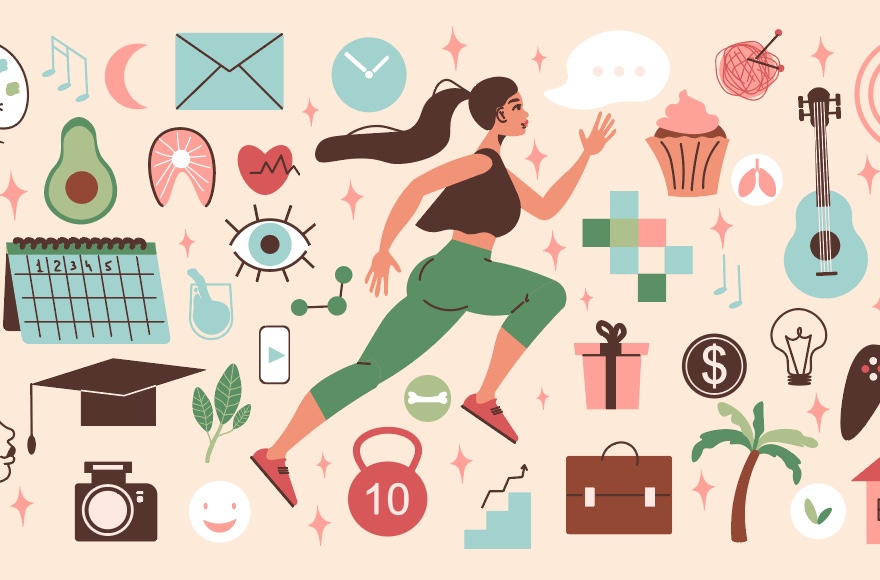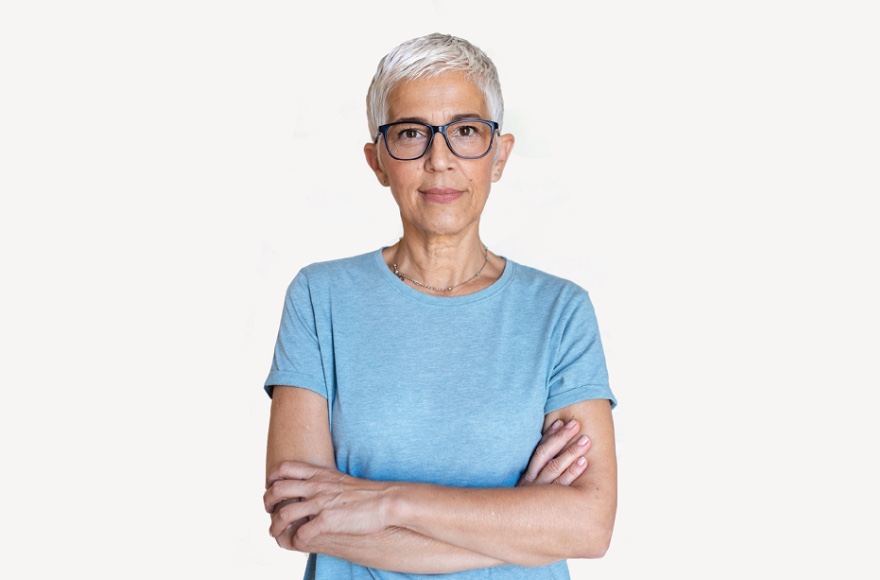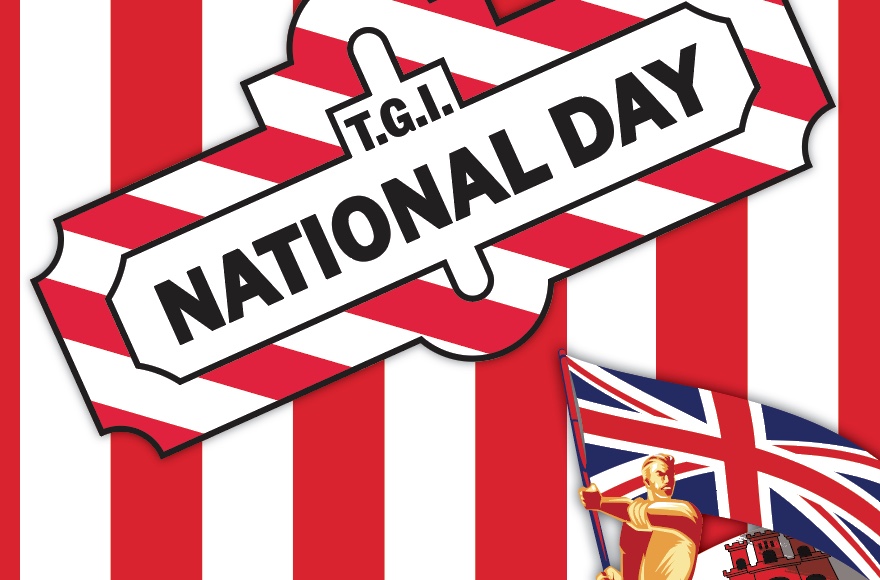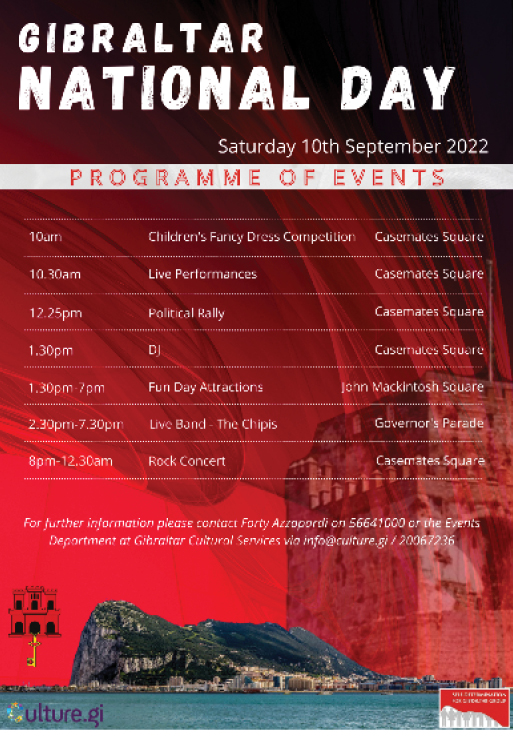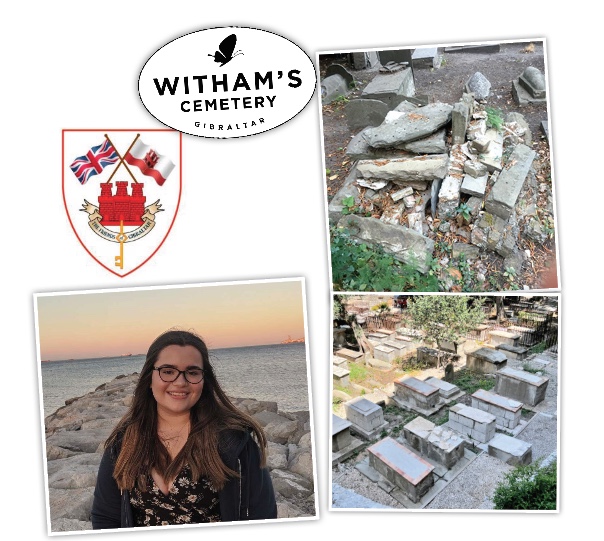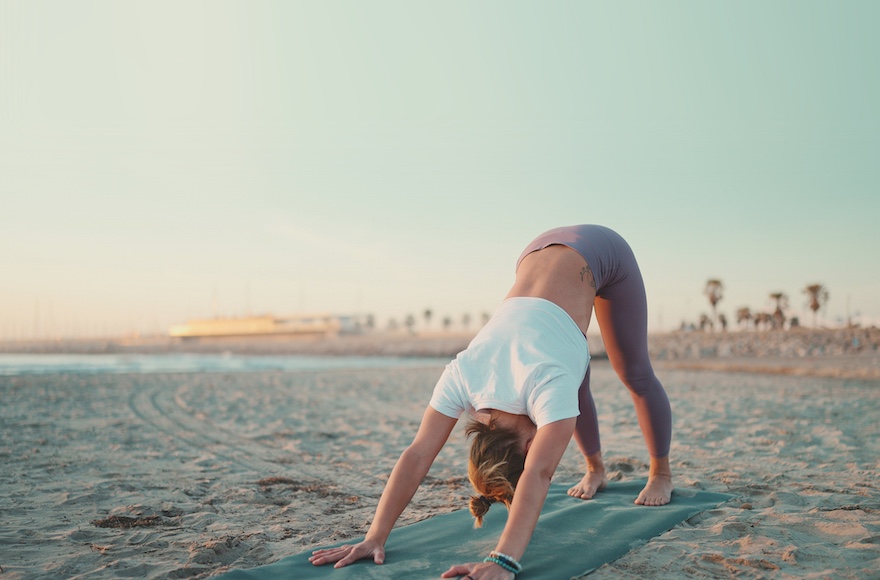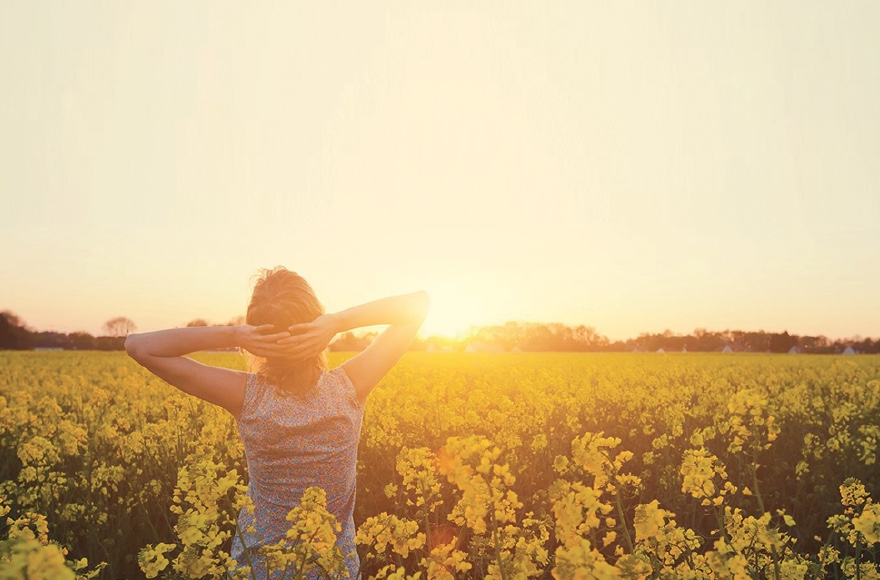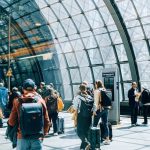The Unpublished Writings of Minister Cortes
“I am not in control of my time and I need to work for the people who put me here,” Minister Cortes says, continuing “but clearly I have always been interested in writing.”
Minister Cortes says that his first attempts at creative writing were during his days in sixth form and then at University. “I have a small collection of poetry which I wrote many years ago, but looking through an old filing cabinet at home I came across some scripts from a large number of radio broadcasts that I had taken part in for GBC Radio and BFBS Radio, as well as articles from The Vox newspaper.”
These scripts mainly focused on nature because, as Minister Cortes remarks, that is his field, but always with certain incursions into the social life of Gibraltar. “Reading through them I thought it was an interesting description of a lot of environmental issues, some of which are still relevant and some which are no longer relevant,” Minister Cortes states.
The scripts were mainly written in the late 80s, a few years after the border opened, at a time when the Minister was working in the Civil Service and then in 1988 when he became Manager of St. Bernard’s Hospital. “In 1991 I took over the Botanic Gardens and managed to continue writing, so it covers a lot of the decade from the mid-80s to mid-90s,” he says.
At the moment Minister Cortes is working on transcribing the typed scripts, scanning and digitising them so that he can then begin editing. “I don’t have a lot of time which is why it is taking me so long, but my idea is to publish them with annotations, commenting on the differences between now and then.”
“I used to talk about climate change then and nobody else did, now everybody talks about climate change, so I think it would be interesting for nature lovers because it talks a lot about the natural history of Gibraltar and the surrounding area,” the Minister comments. “We had just gone across to Spain so I was seeing new areas for the first time from a naturalist point of view.”
The Minister explains how he tracks the seasons from a natural history angle, right through from the first rains in the autumn and what you were likely to see on the Upper Rock and the different parts of Gibraltar’s natural habitat. “I talk about migration, about green areas and protection of our heritage and these were all in their infancy then, so it is quite controversial and hard hitting on occasions.”
“It reminds me a lot of coming back from university, when I was young, full of life and energy, and seeing that we weren’t doing enough to protect our heritage both natural and built,” he remarks. “There are also some light-hearted moments,” he adds.
Environmental issues, much less climate change or global warming and the greenhouse effect as it was called in the early eighties and nineties, were only just starting to be talked about in those days. “We weren’t as conscious of the more general changes in climate that we are clearly seeing now.”
Asked how the natural habitat of the Rock has changed since those days, Minister Cortes says that one of the key things is that none of it was protected at the time. “Fortunately we have been able to preserve the Upper Rock pretty much intact, but at the time nothing was protected so it was all in danger of being removed,” he states. “Nor were the heritage laws so strong – so there was very little protection – and there was quite a bit of lobbying from the then conservation society (which no longer exists), which was a built-heritage society, and I think that is reflected in some of my work.”
There was a lot of uncertainty at that time as to whether Gibraltar could develop economically and yet retain its heritage, both natural and historical built-heritage. The Minister says that they have proved that is possible. “We have virtually lost no natural areas.”
“I was very much a voice crying in the wilderness in those days, it was very lonely,” Minister Cortes remarks. “There was a small group of us who were mainly bird watchers, and now I just wonder how people would have reacted in hearing a young guy back from university saying crazy things such as bird migration and the climate is going to change.”
“As Minister for Education I talk to young people now quite frequently and I tell them that they don’t know how lucky they are to be part of a much bigger movement that is conscious of the environment, despite all the frustrations that remain.”
The Minister hopes that by publishing those old documents now he will highlight the richness of our natural environment. “The work that people like myself, Clive Finlayson and Charles Perez did then raised awareness of our natural environment and some of our rare species, such as the rare flowering plant, the Gibraltar Campion.” Now we have a park named after the Gibraltar Campion and our ladies netball team is called The Campions.
“We were pioneers and it is very satisfying now that years later we managed to save that species from extinction and that we made what I think is a significant contribution to the protection of Gibraltar’s heritage.”
As if that weren’t enough, there is another project that Minister Cortes is interested in pursuing in the future. “Looking through some old boxes of papers in my maternal home in Irish Town, we came across carbon copies of the letters that my father wrote to my mother while she was in Madeira, as well as some of her letters back to him during the Second World War.”
The Minister is thinking about transcribing those as well. “It is a lovely social story because it shows this love story between my Dad who was here working in Cable and Wireless, one of the essential services, and my Mum who was in exile – almost as a refugee – in Madeira.” Minister Cortes continues by saying that some of his mother’s letters were censored, with bits blotted out, but that his father made carbon copies of his letters which were not censored.
Minister Cortes is keen to share both these projects and hopes to publish them in the future. “My idea is to have one book about our natural heritage- one volume – and I want it to be as true as possible to the original script, but I will also add an update and I would like to illustrate it with photographs.” The Minister adds that he thinks they make an interesting collection. “This is something I would like to share because it is not just about natural history – it also makes some statements about Gibraltar at the time.”
“I have various ideas in my head as to what it might be called, but I don’t want to give anything away yet!”
The old adage “A busy man has time for everything” is certainly true in the Minister’s case.

